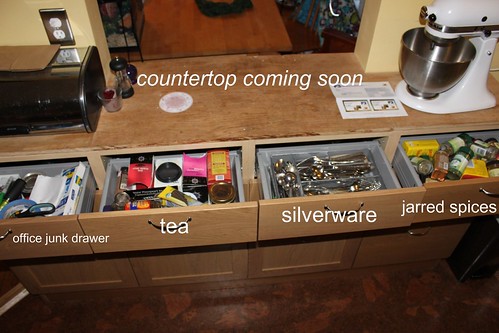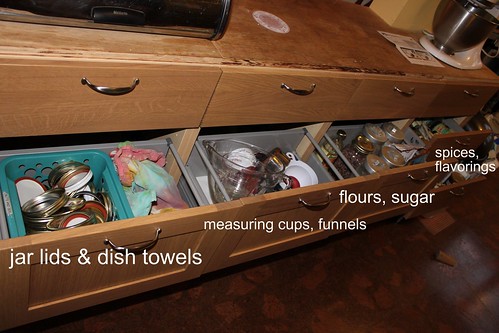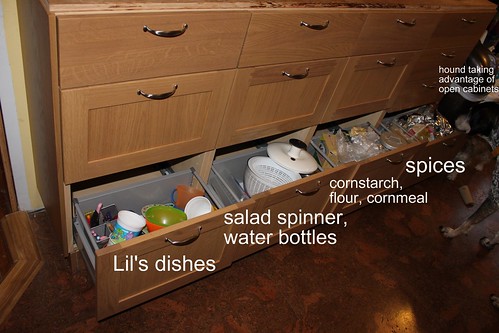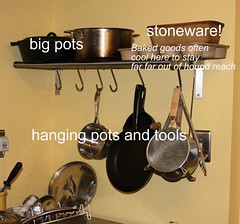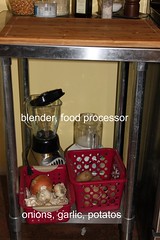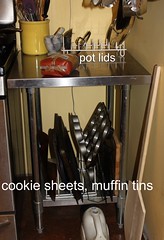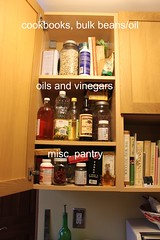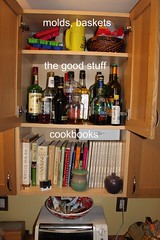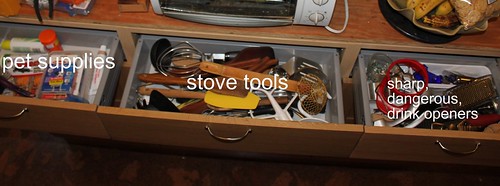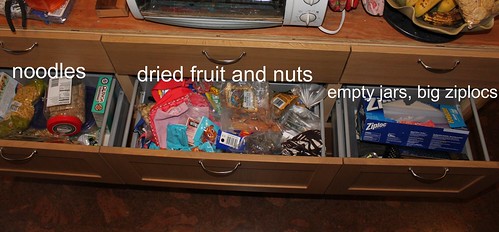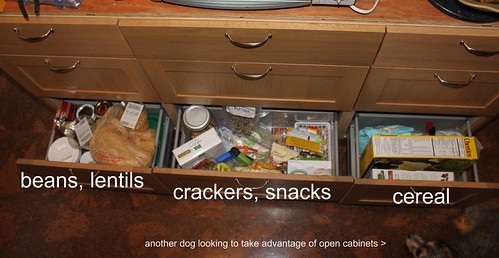Tomorrow's Kids Cook class is all about honey. I searched for a dish that featured honey and would be appropriate for us to make and package as a Valentine gift. Enter honey blondies.

Really a short dense cake, these treats are sweetened by honey alone. They are delicious and super easy to make. I baked them in a heart shaped silicone mold for this occasion, though they bake up just fine in an 8x8 inch pan as well. Chocolate chips would be an tasty addition.
[print_this]
Honey Blondies Makes: 16 small bites Time: 15 minutes preparation, 20 minutes baking1/2 cup good quality honey 1/2 cup (4 oz) butter, softened 1/2 tsp. vanilla extract 1 egg 1 1/2 cup white whole wheat or all-purpose flour 1/2 tsp. baking powder 1/2 tsp. salt
1. Preheat oven to 350 degrees F.
2. Cream honey with butter until fluffy.
3. Beat in egg and vanilla.
4. Mix well and then gently fold in flour, baking powder, and salt.
5. Line 8x8 pan with butter and bake in preheated oven for 20 minutes. Let cool, then cut into squares or pop out of molds.
[/print_this]
I received discounted honey for this recipe from the fine folks at Honey Health Farms at the Clintonville Winter Farmer's Market. Visit their detailed website to learn more about honey harvesting and benefits.

 We aim to make most things from scratch. To that end, we spend plenty of time cooking. Because we love to eat, cooking does not feel like a chore. Still, I was curious exactly how much time we spend in the kitchen.
Like last year's
We aim to make most things from scratch. To that end, we spend plenty of time cooking. Because we love to eat, cooking does not feel like a chore. Still, I was curious exactly how much time we spend in the kitchen.
Like last year's 

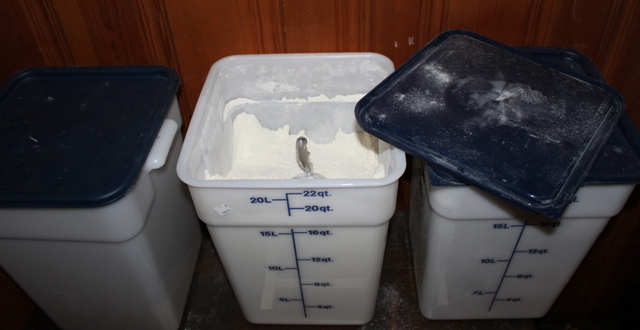
 I promote home canning to extend the availability of seasonal foods. Home canned goods also happen to be delicious.
There's only one potential downside: foodborne botulism.
I promote home canning to extend the availability of seasonal foods. Home canned goods also happen to be delicious.
There's only one potential downside: foodborne botulism. There's a new way to find goodies to help you grow, cook, and eat simply: shop the
There's a new way to find goodies to help you grow, cook, and eat simply: shop the 

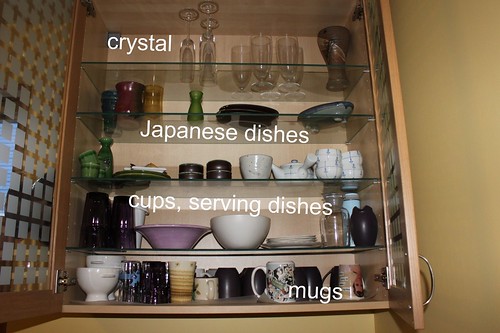
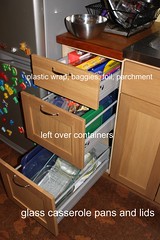
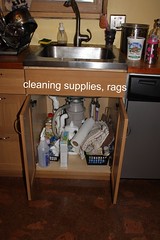
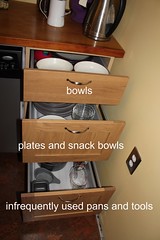
 on top and baking supplies in drawers below.
on top and baking supplies in drawers below.